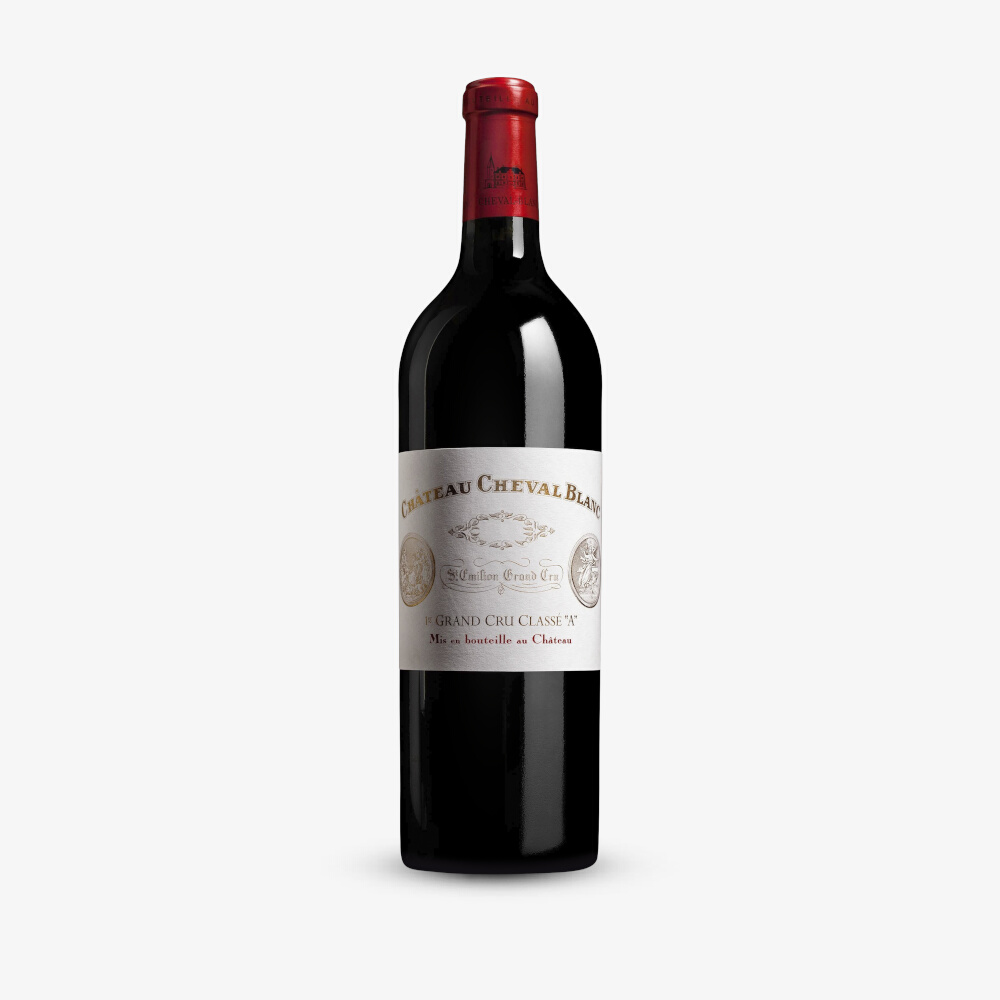
critic reviews
The 2011 Cheval Blanc has a deep garnet-brick color. The nose is redolent of tar, fertile loam, licorice, and prunes, giving way to a core of fruitcake, new leather, and black truffles. The palate is full-bodied, rich, and concentrated with earthy nuances coming through on the long finish.
An underrated vintage, the 2011 Chateau Cheval Blanc is evolving brilliantly. Wafting from the glass with aromas of smoky cassis, blackberries, loamy soil, tobacco leaf, bitter chocolate, mint and violets, it's full-bodied, velvety and multidimensional, with a layered core of fruit, rich and powdery structuring tannin and a long, resonant finish. While the 2009 and 2010 are more powerful and unctuous, readers who prize Cheval Blanc for its extraordinary complexity and unique perfume might well prefer the 2011, as it is a wine that could come from nowhere else.
The 2011 Cheval Blanc has an elegant, quite refined bouquet with brambly red fruit, scorched earth, terracotta and sage, very complex and harmonious. Could this be Figeac? [Post-script. No, but not far off!] The palate is medium-bodied with rounded tannins, quite plush and sensual, rich for this vintage with plenty of concentrated, quite sweet and spicy, hoisin-tinged fruit on the precise finish. This is a very fine Saint-Émilion. Tasted blind at the annual 10-Year-On tasting.
Plenty of grip at 10 years old, but as with many of the bigger wines in the 2011 vintage, it is fairly closed right now, after a good number of years when it felt approachable. I would suggest leaving it for another five years to let these tannins soften and the peony aromatics fully emerge. It does soften after a double carafing (I tried this both from bottle and later over food), when the violet and precisely-drawn raspberry and redcurrant notes take the lead. Cabernet Franc dominant right now, but it lacks a little generosity at this stage of its life. 64% first wine.


